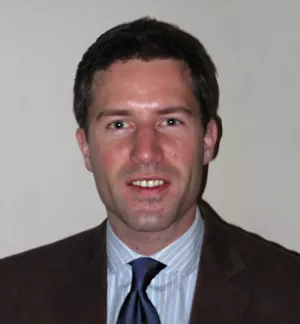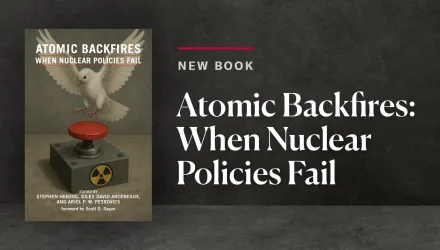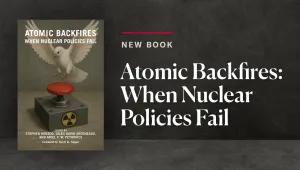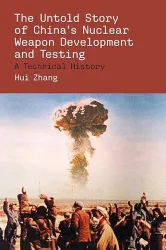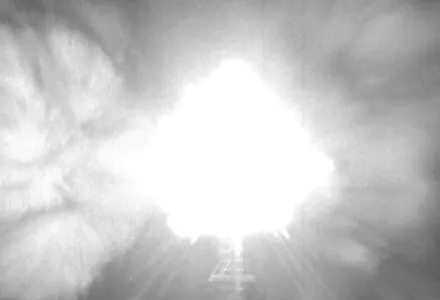
Chronicling the Spread of Nuclear Weapons
In this Project on Managing the Atom Discussion Paper, Philipp C. Bleek chronicles nuclear weapons proliferation choices throughout the nuclear age. Since the late 1930s and early 1940s, some thirty-one countries are known to have at least explored the possibility of establishing a nuclear weapons program. Seventeen of those countries launched weapons programs, and ten acquired deliverable nuclear weapons.
This paper summarizes all of this nuclear proliferation activity and more, chronicling both the initiation and, where relevant, the ending of these efforts.
The primary purpose of the paper is to present a well-documented set of coding data to support the burgeoning quantitative literature on the causes and consequences of nuclear proliferation. The intent is to help to build consensus among nuclear proliferation researchers on the timing and extent of nuclear proliferation activities across the nuclear age, as well as more clearly identify where and why some scholars may differ on certain junctures of that history. This paper codes behavior, provides rationales and documentation for the codings, highlights plausible alternate codings where relevant, and identifies discrepancies between its codings and those of other scholars. The paper should also be a useful reference for scholars, students, and others looking for succinct and well-documented summaries of the proliferation activities of various states.
Philipp C. Bleek, “When Did (and Didn’t) States Proliferate? Chronicling the Spread of Nuclear Weapons,” Discussion Paper (Cambridge, MA: Project on Managing the Atom, Belfer Center for Science and International Affairs, Harvard Kennedy School and the James Martin Center for Nonproliferation Studies, Middlebury Institute of International Studies, Monterey, CA., June 2017).


